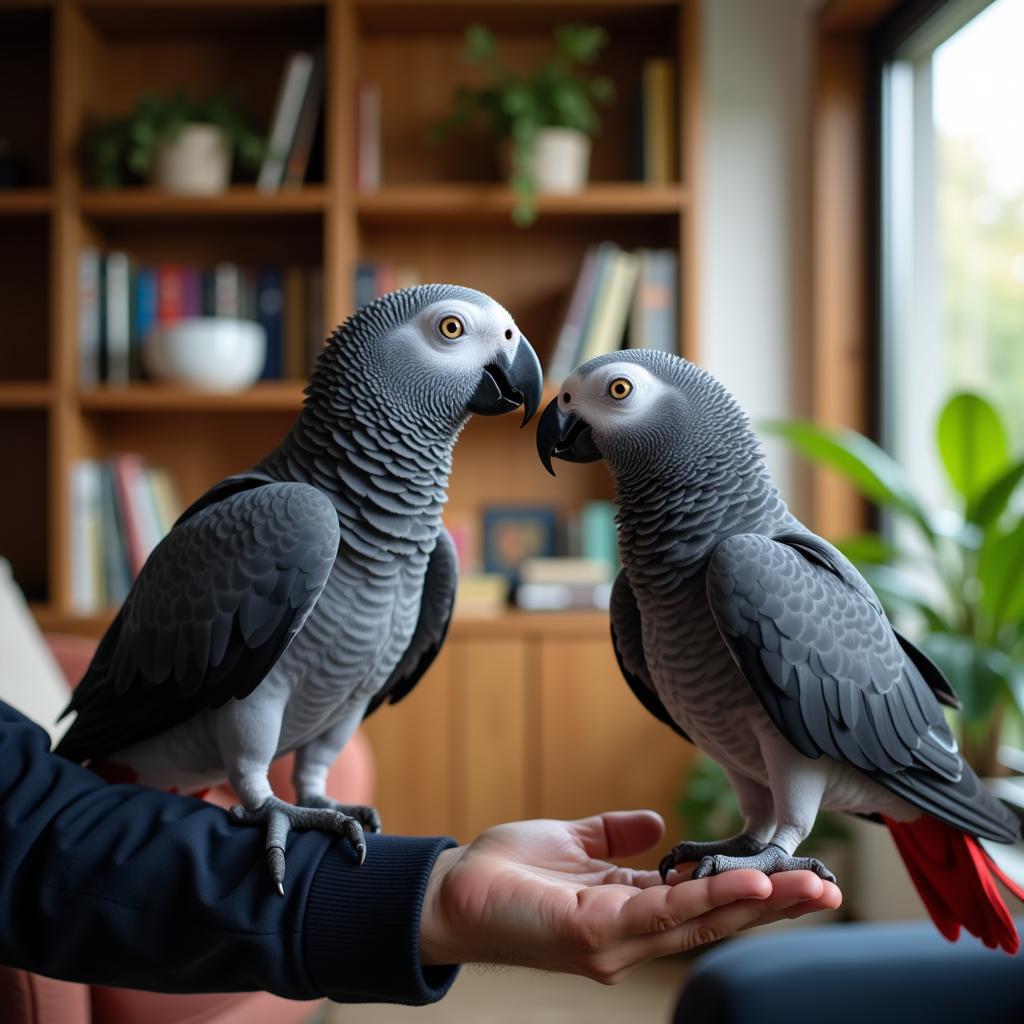Decoding African Face Painting Dots: History, Culture, and Significance
African Face Painting Dots, a captivating form of body art, hold deep cultural and historical significance across diverse communities throughout the continent. These intricate patterns are more than mere decoration; they communicate identity, status, and beliefs, reflecting the rich tapestry of African traditions. This article delves into the fascinating world of African face painting dots, exploring their origins, meanings, and contemporary relevance.
The Language of Dots: Understanding African Face Paint Dots
African face paint dots, often combined with other intricate designs, serve as a powerful form of non-verbal communication. They can denote a person’s age, marital status, clan, or even spiritual beliefs. For instance, certain dot patterns might signify a young woman’s coming-of-age, a warrior’s bravery, or a healer’s connection to the spiritual realm. The meanings can vary significantly between different ethnic groups and regions, adding to the complexity and intrigue of this ancient art form. Think of it as a visual language, with each dot and stroke contributing to a narrative that speaks volumes about the individual and their community. You can learn more about other forms of African body art, such as African dot art.
A Colorful History: Exploring the Origins of Dotted Face Paint
The practice of using face paint dots has roots stretching back centuries, interwoven with the history and traditions of various African cultures. While pinpointing the exact origins can be challenging due to the oral nature of many African traditions, archaeological evidence suggests the use of pigments for body decoration dates back to prehistoric times. Initially, these practices likely involved readily available natural materials like ochre, clay, and charcoal. As societies evolved, so did the techniques and materials, with more elaborate designs and the incorporation of natural dyes from plants and minerals. Explore the history of African eye makeup for further insights into the evolution of cosmetic traditions on the continent.
Beyond Decoration: The Symbolic Power of African Face Paint Dots
African face paint dots aren’t just about aesthetics. They hold deep symbolic meaning, often connected to spirituality, ancestry, and social roles. In some cultures, dots represent the stars, connecting individuals to the cosmos and their ancestors. In others, they might symbolize protection, good health, or fertility. The precise interpretations can vary considerably depending on the specific cultural context. For example, among the Himba people of Namibia, the application of ochre and face painting dots is a daily ritual, representing beauty and cultural identity.
Dr. Aminata Sow, a renowned anthropologist specializing in African art and culture, explains: “The dots are not merely decorative elements but rather intricate codes embedded with profound cultural significance. They serve as visual markers of identity, belonging, and spiritual connection.”
Modern Interpretations: African Face Painting Dots in Contemporary Art and Fashion
While rooted in ancient traditions, African face paint dots continue to inspire contemporary artists and designers. From runway fashion to fine art, these striking patterns are reimagined and celebrated, bridging the gap between tradition and modernity. This resurgence of interest also serves to raise awareness and appreciation for the rich cultural heritage that these designs represent.
Dr. Adebayo Olajide, a prominent art historian, notes: “The incorporation of African face painting dots in contemporary art and fashion reflects a growing appreciation for the artistic genius and cultural richness of the African continent.”
Conclusion
African face painting dots are far more than simple decorations. They are a powerful form of visual language, deeply embedded in the history, culture, and spirituality of diverse African communities. From signifying identity and status to connecting individuals to the cosmos, these intricate patterns offer a fascinating glimpse into the rich tapestry of African traditions. As we explore the meanings behind African face paint dots, we gain a deeper understanding of the continent’s artistic legacy and the enduring power of cultural expression. For more specific information on African face paint dots, you can consult resources dedicated to this topic, like African face paint dots.
FAQ
- What do dots on African faces mean? The meaning varies across cultures, but they often symbolize identity, status, spirituality, or ancestry.
- What is the history of face painting in Africa? Face painting has ancient roots in Africa, with evidence suggesting its use dates back to prehistoric times.
- How are African face paint dots made? Traditionally, they were made with natural materials like ochre, clay, and plant dyes.
- Are African face paint dots still used today? Yes, they are used in traditional ceremonies and have also influenced contemporary art and fashion.
- Where can I learn more about specific African face painting traditions? Research specific ethnic groups or regions to find detailed information.
- Can I wear face paint inspired by African traditions? While appreciation is encouraged, be mindful of cultural sensitivity and avoid appropriation.
- What are some other forms of African body art? Other forms include scarification, tattoos, and henna designs.
You might also be interested in reading more about related topics like African dot art.
For any inquiries or assistance, feel free to contact us. Call us at +255768904061, email us at kaka.mag@gmail.com, or visit us at Mbarali DC Mawindi, Kangaga, Tanzania. Our customer care team is available 24/7.

